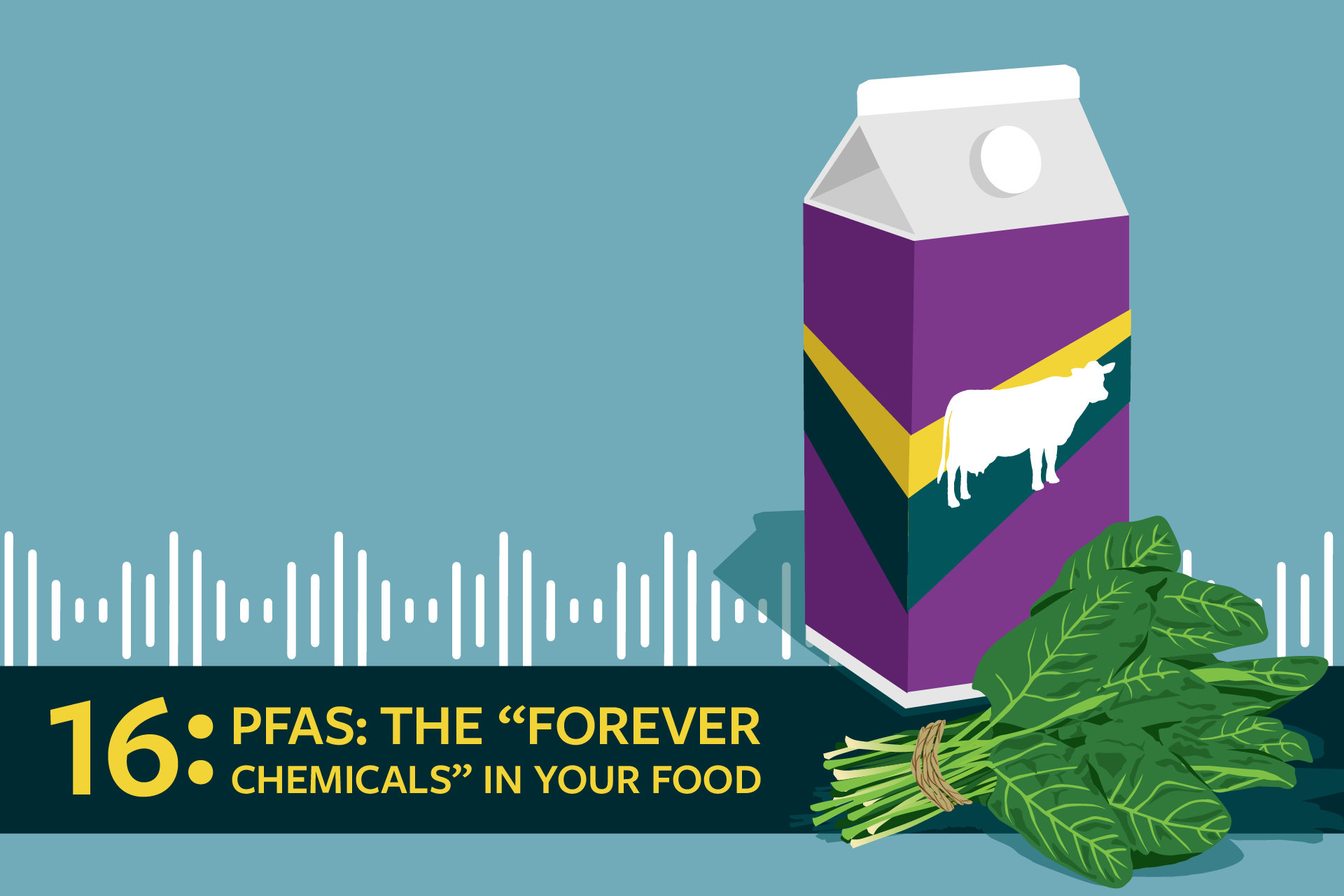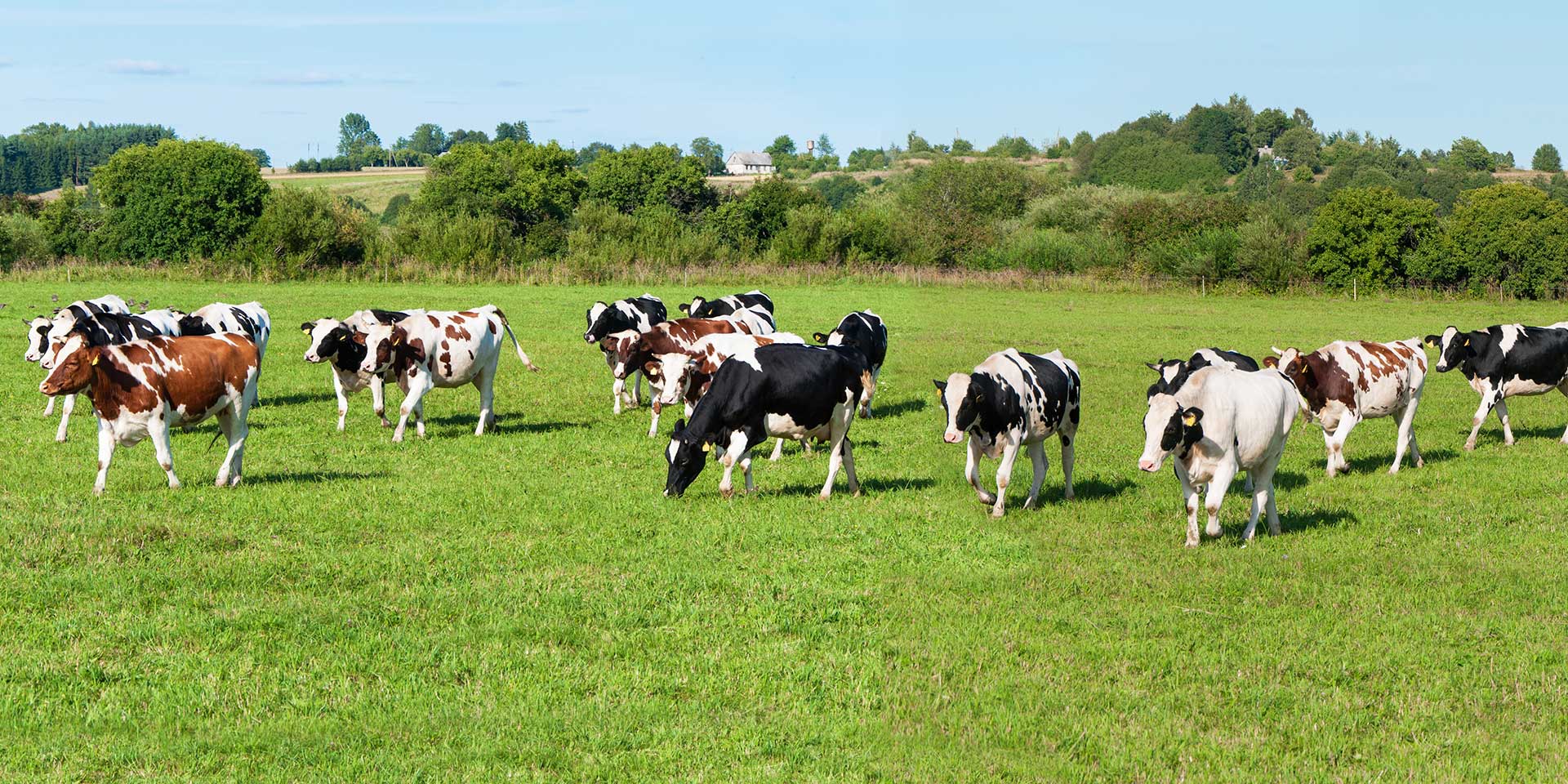What does the expanding PFAS crisis mean for the food system?
In 2016, Maine farmers Fred and Laura Stone were given the news that the well water at their multi-generational dairy contained higher-than-acceptable levels of PFAS — a troubling class of “forever” chemicals known to have adverse health impacts.
The Stones tested their soil and milk and found high levels of PFAS there, too. After these discoveries, they lost their contract with a regional milk company and looked to their government for answers. But state officials in Maine treated the Stones’ farm as an outlier and offered them little to no support.
It would take several years — and several more shuttered farms — for them to realize that this was far from the case.
When we put together our report on food packaging in the fall of 2019, we briefly covered PFAS and their role in waterproofing and greaseproofing burger wrappers and paper takeout containers. The concern presented in our report was that people could end up eating or drinking PFAS as they leached into our food and drink from this packaging.
Soon after, news stories from Maine began to bubble up to national outlets. A March 2019 Reuters article indicated a growing suspicion that the Stones’ farm was not alone: “Now state regulators and health experts are investigating whether the contamination could reflect a much broader problem for farms that used similar methods to fertilize their land.” Maine Gov. Janet Mills assembled a PFAS taskforce to study agricultural contamination. The story was clearly about much more than just food packaging.
This past spring, we headed to Maine to learn more about PFAS and how they have ended up in well water, on farms, in food and, ultimately, in people’s bodies. What we learned is that Maine has borne the brunt of this crisis only because the state government was the first to go looking for PFAS in a systematic way. Their crisis has since become everyone’s crisis: Recent analyses have found PFAS in 83 percent of sampled U.S. surface waters, 60 percent of sampled public groundwater wells and in the bodies of animals up and down the food chain worldwide. And the PFAS story is only going to get bigger.
In conjunction with the release of our podcast episode, titled “PFAS: The ‘Forever Chemicals’ in Your Food,” we are releasing our latest deep-dive report. “The FoodPrint of PFAS” provides deeper context for this class of chemicals and how they’re impacting the food system: what they are, how they function, why they were put into such wide use and how we can get them out of circulation.
Get the latest food news, from FoodPrint.
By subscribing to communications from FoodPrint, you are agreeing to receive emails from us. We promise not to email you too often or sell your information.
More Reading
A new report envisions federal food spending as a force for good
January 3, 2024
Looking ahead: Our 8 predictions for the top food and agriculture stories in 2024
December 20, 2023
Commit to sustainable habits with our Reduce Your Foodprint Challenge
December 18, 2023
The biodiversity crisis is about more than genetics
October 24, 2023
Why Heirloom Seeds Matter
August 18, 2023
Small Farmers in Post-Flood New England Are Starting to Rebuild, but Climate Extremes Are Here to Stay
August 17, 2023
Georgia’s Peach Crop Loss Is About More Than Just Fruit
August 7, 2023
Can We Really Eliminate Invasive Species by Eating Them?
July 19, 2023
Learn About the Fight for Values-Based Food Purchasing — and Recommendations From a New Report
July 10, 2023


